Digitalpasifik is part of the Pacific Virtual Museum, which was started in 2020 with funding from the Department of Foreign Affairs and Trade in Australia. It was set up by the National Libraries of New Zealand and Australia. The site's main objective is to ensure Pacific people have access to and visibility of their heritage. Many Pacific people may not know these collections exist or are unaware of where they exist. The hope is that now that they are visible and accessible, people can find connections, learn, and share knowledge of the collections they hold. “We see ourselves as a bridge between the holders of the collections and the holders of knowledge,” says Taputukura Raea, Programme Manager for the Pacific Virtual Museum.
Because the website is for people in and of the Pacific, we wanted it to be accessible to them. When we started developing the website, we didn’t want it to chew up all your data. Data can be expensive in the Pacific, so we ensured each page was under a megabyte. We also know internet speed is variable in the Pacific, so we developed the website for 2G and 3G bandwidths.”
The website is easy to navigate and designed so that anyone of any age, including elders, can use it. Much of the user testing was carried out in the Pacific. “One piece of feedback from our user testers that her grandmother, who can speak English but can’t read it. So, we used more iconography on the front page so anyone could navigate.” The site has a user contribution feature. This allows users to share their knowledge, memories, and experiences and identify people in the collections. It is also a way for users to correct inaccurate content and for content partners to learn more about their collections.
I have found the user contribution to be the best part of our website – seeing how our users connect to our collections and the interesting stories that come through. It helped me learn about my own family. By sharing the collections with my parents, we have found family members. This has sparked stories about our family that I hadn’t heard before.
“We tried to make this as simple as possible for Pacific institutions so that if they had a cell phone and internet connection, we could host them. The first webinar was with Tuvalu National Library and Archives, who took us on a tour of their collections and Siaosi Finiki shared stories and memories of life on Tuvalu.”
A second attempt with the Solomon Islands Museum had 40 eager people on the Zoom call wanting to see and hear more about the museum. Unfortunately, the internet cut out in the Solomons, and the collections tour had to stop. These are just some of the challenges they face in the Pacific.
“We wanted to make sure we could highlight their museum and collections, so when ABC International approached us to see if we knew of any Pacific organisations they could promote, the Solomon Islands Museum was the first on our list.
They were able to create an insightful promotional video for the Museum. Although we couldn’t host on Zoom, ABC Australia could do this on our behalf, which you can see in this interview here.
In 2023, an event was held in collaboration with Nga Tāonga Sound and Vision, National Library of New Zealand, Archives New Zealand, and the Cook Islands High Commission. 'Po teata o te Kuki Airani' was a Cook Islands movie night celebrating the Cook Islands constitution. It was a way to share Cook Islands Archival footage from the early 1900s to 1965, when the Cook Islands became a state in free association with New Zealand.
The films helped the audience from the Cook Island community and diplomatic corps travel back in time to learn about Cook Islands history and culture. The team has travelled to the Pacific and visited the Cook Islands, Solomon Islands, Commonwealth of the Northern Marianas, Fiji, Samoa, and Palau.
On these trips they have promoted the website and engaged with content partners. “The visits were useful in understanding the challenges our Pacific colleagues deal with. We have learnt that it is very difficult for them to share their collections online. They often don’t have the resources and staff to do this. On returning our developers created a function so they could still be a part of the project. A catalogue-only feature allows those institutions that only have an Excel spreadsheet of their collections to share their meta-data on our platform. So even though you might not be able to see the full record, you can still see that that collection exists.
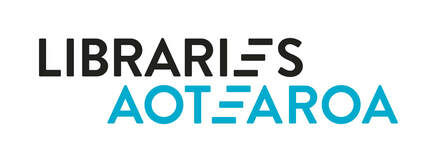
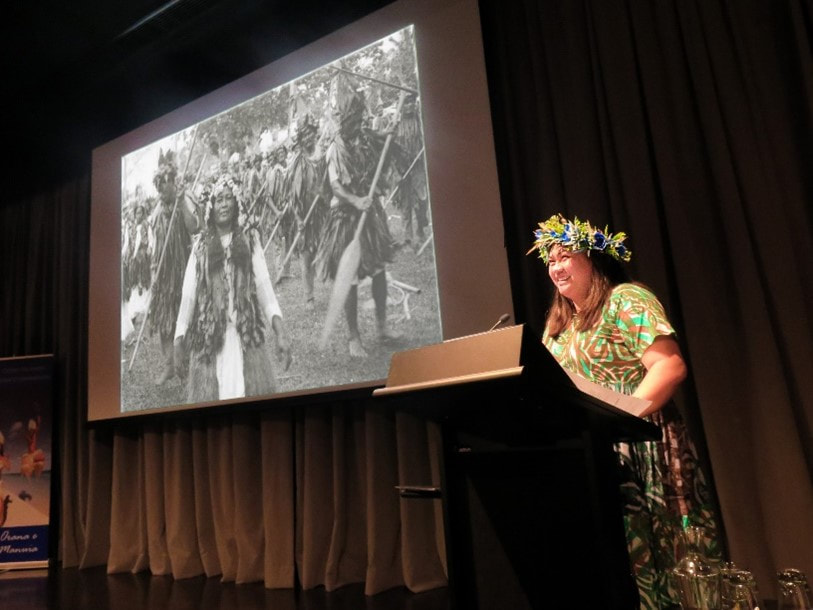
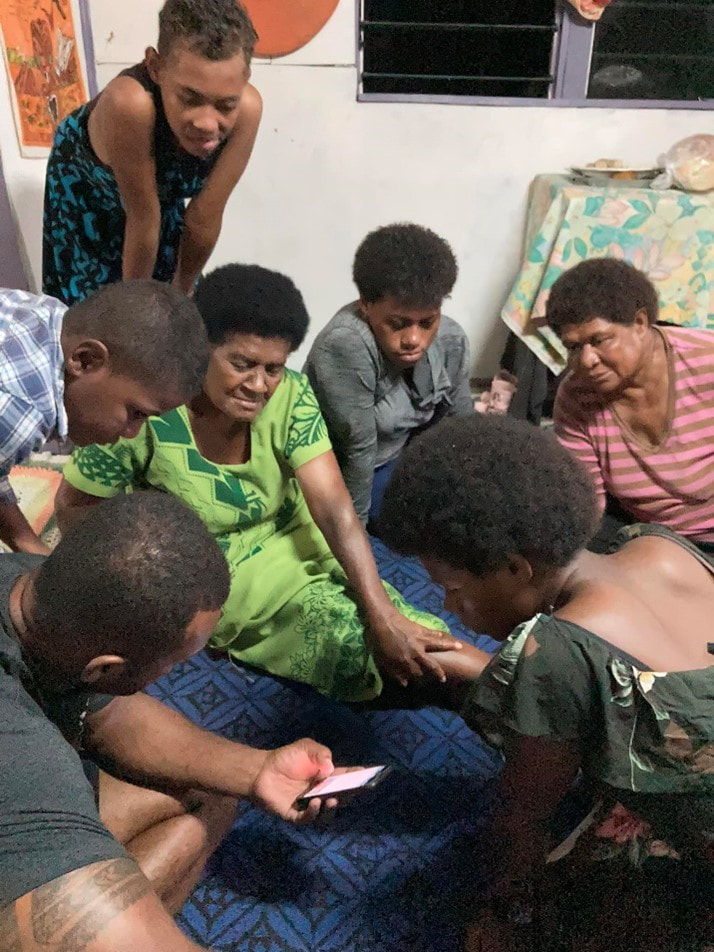
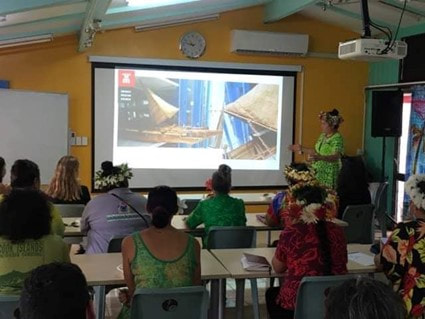
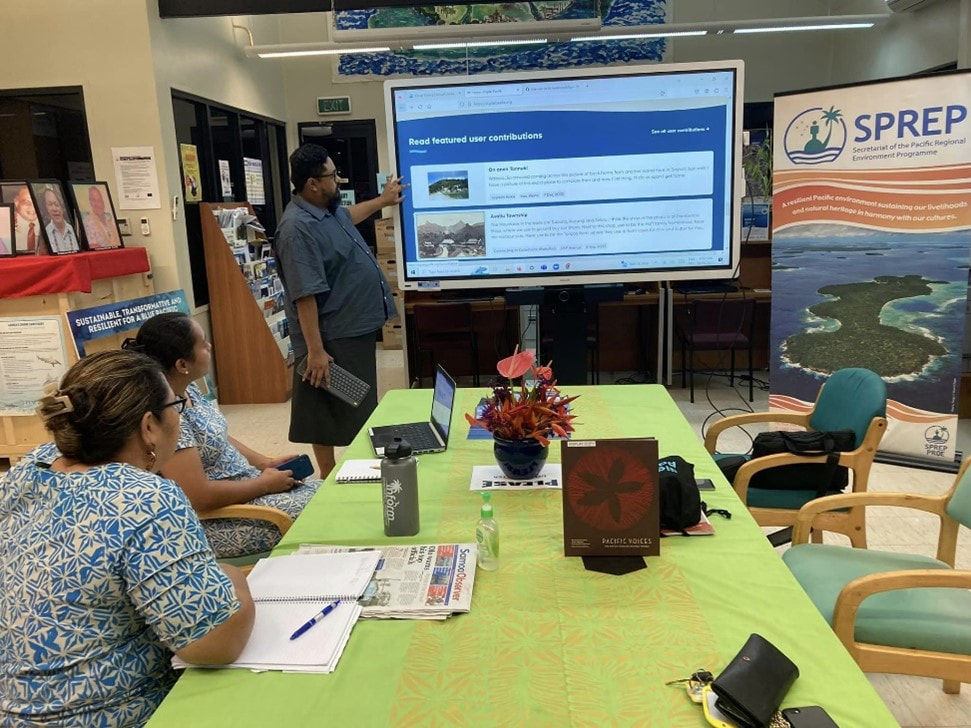

 RSS Feed
RSS Feed